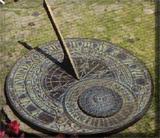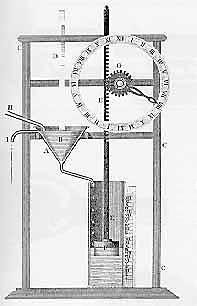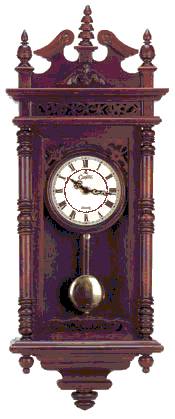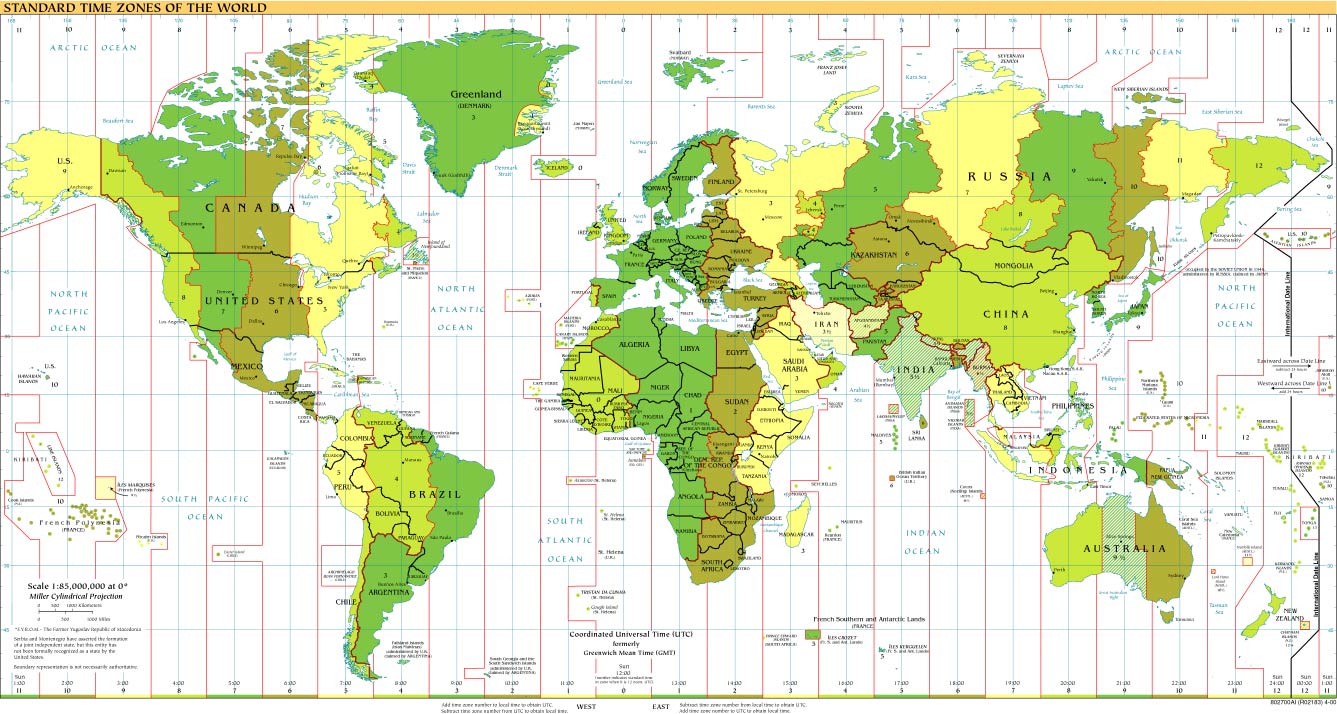Clock folklore, apprehesions and myths about mecahnical Grandfather clocks, Regulator wall clocks and Mantel clocks
Turning the hands backwards (back-set) will damage the clock!
The overwhelming majority of modern clocks as well as the majority of those built in the last sixty years, have a mechanism incorporated into their movement that allows the hands to be back-set and avoid damage to the mechanism.
For rarer clocks not designed to allow the backward movement of the hands, an attempt to back-set will simply lock up the hands when they reaches a specific point. Stop there, forcing the hands beyond this point will damage the mechanism.
With clocks that cannot be back-set, the time can only be set by moving the minute hand forwards – clockwise.
On chiming clocks, when moving the hands forward, you should stop at each quarter hour to let the chime play out before moving on. Similarly, on a striking clock, stop at each striking point, which will always be on the hour and on most clocks the half hour as well.
You should never move the hour hand independently of the minute hand. While the minute hand is attached to the mechanism’s gear wheels and moves with them; the hour hand is held on to the arbour of the centre wheel with friction alone and if it is moved manually will not turn the arbour or affect the clock’s mechanism in any way, and so, will be put out of sync.
You can over-wind the mainspring on a cable controlled clock!
This is untrue. Unless the winding key if forced – using a vice grip, beyond the point it that it will not move anymore. Some mainsprings never break, but some do on occasion and it can happen while they are not being wound as well as when they are, however winding is not the cause of failure.
This failure is usually the result of faults in the spring itself, which can take years even decades to materialise; a small defect in the metal slowly growing over time until it reaches breaking point, or particularly on newer or poor quality springs, the material was not heated correctly during manufacture, leaving it hard and brittle at points, and susceptible to breaking early in its life span.
Nevertheless, winding has to be done the keep the clock working and it does put stress on the spring; and, to have the clock run for the full week, or other period stipulated by the manufacturer, it needs to be wound “fully”.
Yet, “fully” do not necessarily mean winding the spring all the way to its very end. People tend to wind until the key stops. After a short period, most become accustomed to winding the clock and through feel, begin to anticipate that the end is near and stop just short of a full wind.
There are two reasons why stopping just short of a full wind is good.
Firstly, repeatedly forcing the key to make sure that it is at the end of the wind (wound fully) could eventually tear the end of the mainspring over time.
Secondly, in an ideal situation the clock should never run on a full wind, nor should it run fully unwound. This is because the power output of a mainspring depreciates as it is run down. This decreasing power – running faster at the full wind point and slower as it nears fully unwound, can affect the clock’s accuracy, particularly on clocks with smaller pendulums. This is known as the isochronal error
Most mainsprings have a little more power than necessary to run the clock for a full week. So stopping just short of a full wind, will still produce the full week/period run; while minimising any drop in accuracy.
Other Causes
Ratchet failure – A failed ratchet can have symptoms similar to a broken spring yet the cause is completely different.
A ratchet system produces the click sound while winding. It is used to keep the spring wound after you let go of the key. When this fails, the mainspring unwinds rapidly, spinning the key as it does so. If your fingers are still close to the key when this happens, they will be hit and hurt!
To avoid this, it is essential to always be in control of the winding key. After turning the key as far as you can and before you it let go to re-grip it, you should ease the winding pressure and allow the key to move backwards and engage fully with the ratchet, which will hold the mainspring and key in place while you adjust your grip.
Should the key continue to move backwards and not engage the ratchet, then it is best to pull the key clear of the clock and let the spring unwind. Although this unwinding could cause damage to the mechanism, this is not always the case but will save injury to fingers.
It is important to pay attention to the clicking sound, when winding the clock and become familiar with it. Any distinct change in that sound is a indicator that the ratchet system may be failing and need looking at.
Neglect – other causes of a clock stopping after winding are the result of poor maintenance and neglect over many years; allowing component wear and tear to develop unaddressed.
You should lift the weight when winding a Chain controlled Floor Clock!
The thinking here is to reduce stress on parts and the risk of wear and tear over time, but it is simply not true. If anything repeatedly lifting the weights, while winding, could knock the chain or a weight off. Weight driven clocks are designed to handle the forces and stresses of the correct weight.
It is worth noting that throughout the winding process, the arbour of main/centre wheel is not turning as it does when the clock is running. So during winding there is no wear on this bearing surface, as there is when the clock is running, which contributes over time, to a clock stopping. Meanwhile, any wear between the chain wheel and its arbour – where the stress is greatest, is in fact insignificant.
To maintain the pulley system – when winding, always leave a gap between the top of the weight and the bottom of the movement. This is to avoid the weight hitting the bottom of the movement or the seat board, which can stretch chain links. Also avoid touching the polished chains or weights with your bare hands. Using a cloth of glove will stop the oil on your hands and fingers getting on to the metal and discolouring it over time.
A Clock Must Be Level to Run!
This is a misleading statement. In reality a clock must be “in beat” to run.
A clock’s “beat” is the sound a clock makes when it ticks. When a clock is “in beat” the tick and the tock sounds will be evenly spaced i.e tick—tock—tick… The beat of a clock is factory set for a level position, as clocks aesthetically looks better when level, whether they are sitting on a shelf or floor, or hanging on a wall
However, a clock that is not perfectly level can run fine if its beat is reset for that position, as long as the pendulum is able to move unrestricted.
In people’s homes it is not always practical to level the clock. In instances, where a floor clock is near a doorway that is not square, or when a wall clock is sitting against lined wallpaper, which is not quite vertical; the clock will look crooked even though it is actually not.
In these cases, levelling the clock by eye, against its surroundings, will give the aesthetic appearance of being positioned correctly. Assuming that the pendulum can move freely, the beat can then be adjusted to be “even” in that position and the clock will run OK.
Most modern clocks have what is called a “automatic beat adjustment”. With this facility, as long as the clock is stable* and somewhere close to level, simply over-swinging the pendulum to either side will enable the beat to set itself, and the clock will run OK.
Other types of clocks
The above information applies mainly to pendulum clocks. Clocks, with floating or platform balances, can run OK without being level. With these cocks, if it looks right and it works, then it is right.
* With pendulum clocks, particularly weight driven floor clocks, stability is really important. Any sway from instability may stop the clock. This is caused by what is known as “sympathetic vibration or motion”.
The unstable clock case picks up the motion from the swinging pendulum, and when the weights reach a point near the pendulum bob, causes them to swing slightly; usually in the opposite direction to the pendulum’s swing, which eventually stops the clock.
You can stabilise a Floor Clock sitting on a carpet with a board under it!
This is only true if you fix the board through the carpet into your floor below.
A wooden board or piece of marble etc. sitting on a carpet will tend to “float” on the carpet even with the weight of the clock on it. The weight of the clock will be spread across the board, reducing the downward force into the carpet.
Without any board, the weight of the clock will be distributed between the four levellers/feet of the clock. This produces a greater downward force, pushing the levellers/feet deeper into the carpet and providing greater stability, than with a board, by reducing the floating effect.
Against a wall – To maximise stability, the clock should also be allowed to contact the wall in some way. If the clock is positioned against a flat wall, then the front leveller/feet should adjusted to allow the clock to lean back slightly towards the wall.
Once this is achieved, place or fix a small shim/spacer, the same thickness of the skirting board, behind the clock near the top. This gives the appearance that the clock is not touching the wall and pushes the top of the clock forward, levelling the clock front to back.
In a corner – If the clock is positioned at an angle in a corner, then only the top corners of the clock touch the wall when leaning back and a shim/spacer would be visible. However, it may be that the clock leaning back slightly in this location looks OK, and no shim/spacer is needed.
Otherwise, the clock should be positioned and fixed to the wall, near the top, with a hidden bracket of some kind. Alternately if the design of the clock allows, you can add weight into the bottom of the clock case, ideally five Kilograms should suffice for a grandfather clock.
You should not place a cock on an outside wall!
This is not true in modern centrally heated buildings, where temperature can be easily regulated.
It may have been relevant in the past, with poorly insulated homes and rooms heated individually by their own source, when walls could get noticeably cold in the winter. Any cold transferring to a clock case could affect the wooden case or even the accuracy of the mechanism. Also, in areas and situations where condensation on the walls was common, the droplets would also affect the clock.


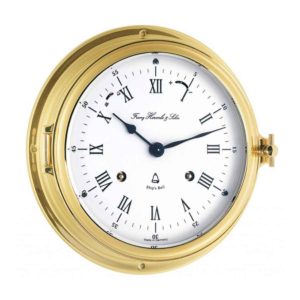

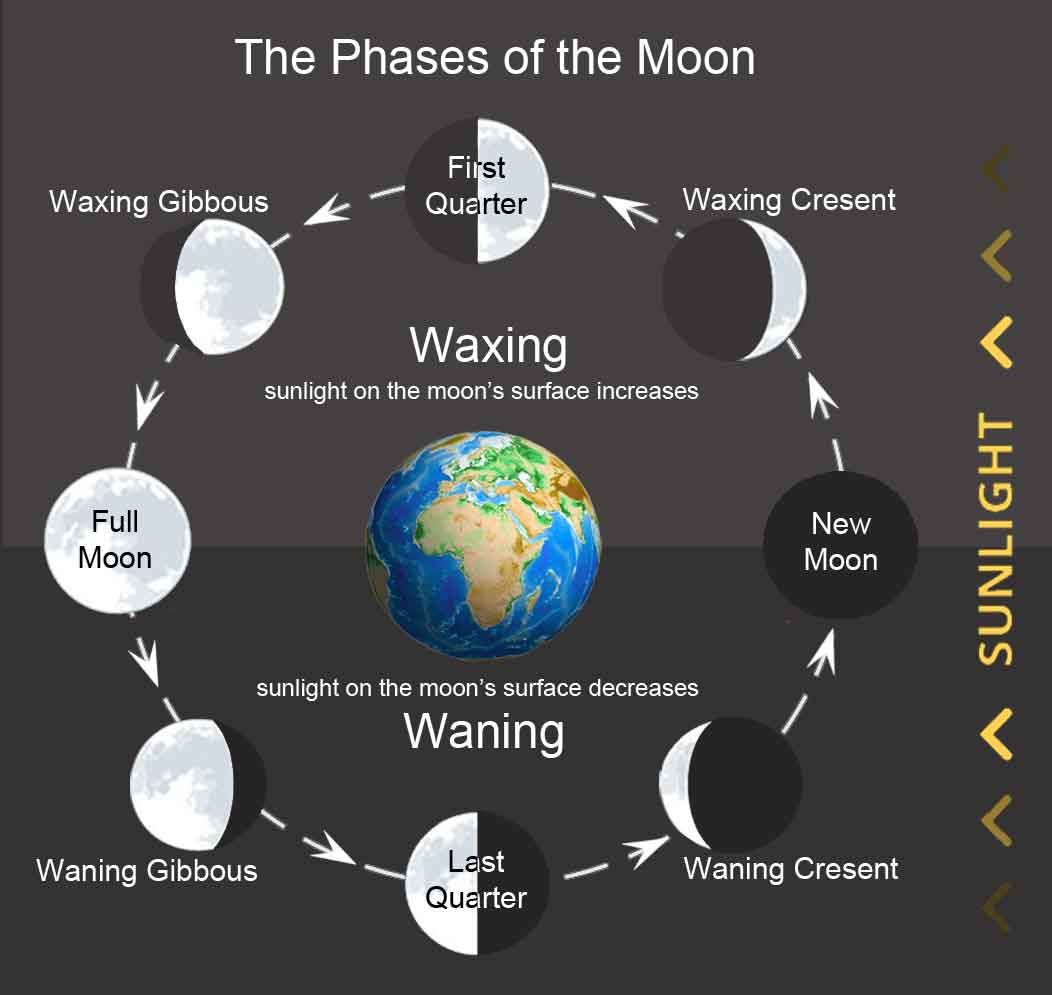 Function
Function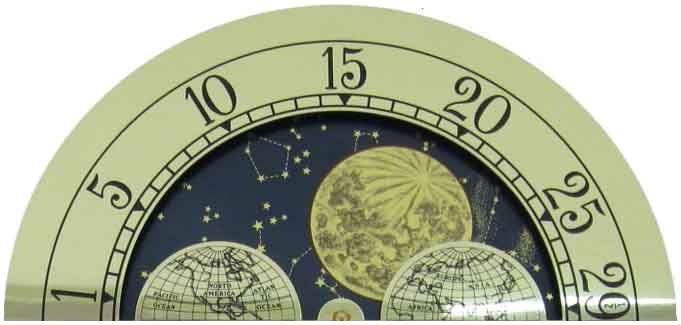
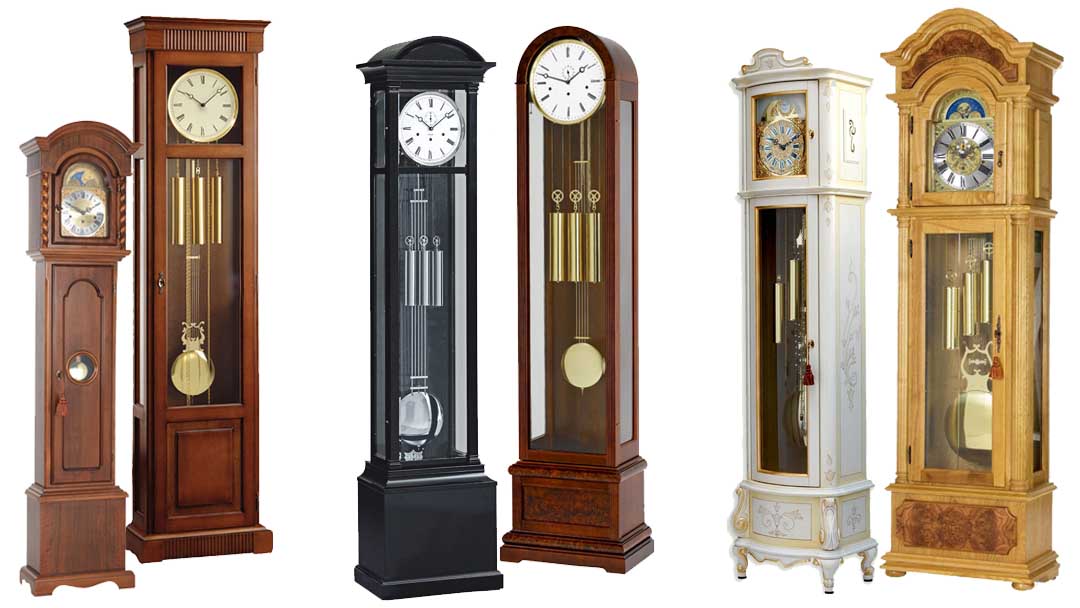 Grandfather Clocks
Grandfather Clocks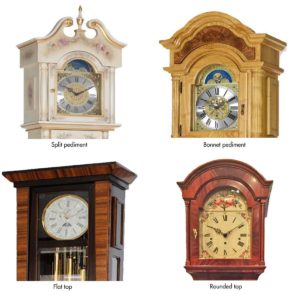 The crown of the long case grandfather clock – the top, adds a great deal to the clock’s overall appearance and this aspect of design is incorporated in all three style categories mentioned above: contemporary, curio and traditional.
The crown of the long case grandfather clock – the top, adds a great deal to the clock’s overall appearance and this aspect of design is incorporated in all three style categories mentioned above: contemporary, curio and traditional.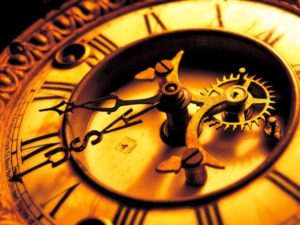 History of Clocks
History of Clocks